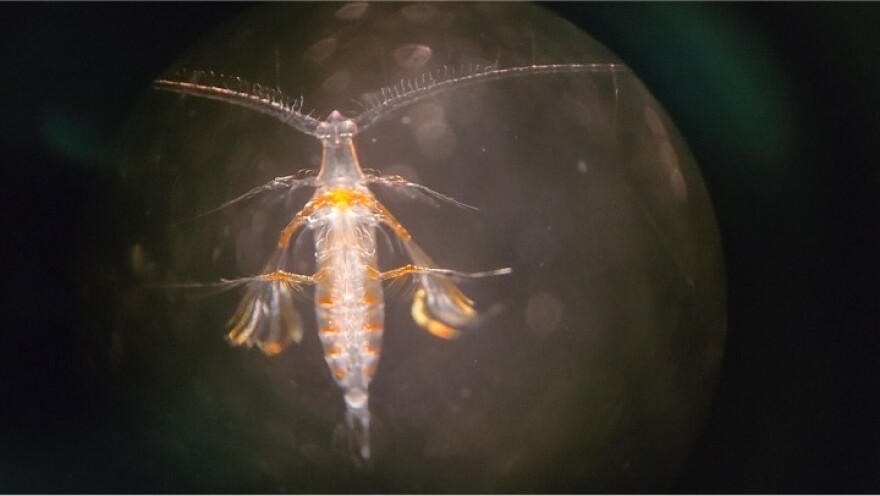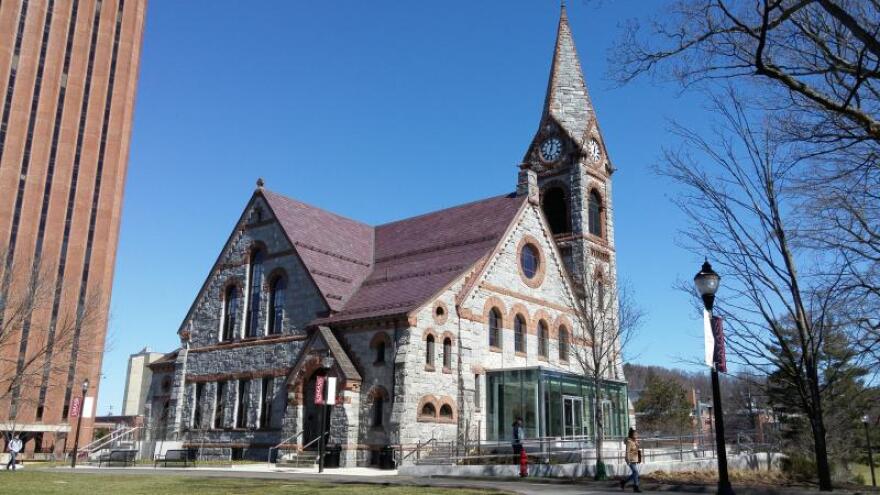Researchers at Bigelow Labs in East Boothbay are examining how the daily migration of zooplankton contributes to the storage of carbon in the ocean depths.
“It’s the largest migration of life on Earth, and it happens every single day,” commented Karen Stamieszkin, a Bigelow Labs biological oceanographer with years of experience in zooplankton research.
The global team of researchers, led by Stamieszkin, a senior research scientist at Bigelow Laboratory, was awarded funding by the Advanced Research Projects Agency-Energy last year to create models that will enhance estimates of carbon transport by zooplankton.
“The reason we’re interested in this as it relates to carbon cycling, or even carbon sequestration, is that when they’re at the surface, they’re incorporating all this surface-derived or sunlight-derived carbon into their bodies, and then they’re migrating to the deeper ocean, and they’re metabolizing that carbon,” she explained.
Like fecal pellets, they are discharging it as sinking particles. They are either breathing in or exhaling carbon dioxide. As they urinate, dissolved organic carbon is released. Occasionally, they also die and turn into sinking carbon particles themselves. Therefore, there is this carbon infusion that travels directly from the ocean’s surface to its deeper depths, which essentially helps carbon sequester more efficiently.”
According to Stamieszkin, there are requirements for what constitutes real carbon storage. For example, the carbon must reach a specific depth in the water. Therefore, the researchers are interested in continuing to measure the process and determining which zooplankton go the deepest and why.
Companies are becoming more interested in buying carbon credits to offset their emissions, which is driving interest in carbon capture and storage. Land-based carbon offsets, such as reforestation initiatives, are typically the most popular kind. The study of marine carbon sequestration is a more recent development.
Although it’s still extremely early, the zooplankton research team is working with academics at the University of Arizona’s Center for Negative Carbon Emissions to assess if the tools they’re creating may be used to validate and economically quantify carbon storage.
Furthermore, Stamieszkin stressed that carbon capture is only one of a number of solutions required to solve the entire issue; it cannot account for CO2 emissions that cause climate change on its own.
“There are studies, many, many modeling studies at this point that have shown that even if we stop emitting CO2 right now, it wouldn’t be enough to get us to our [Paris Climate Agreement] targets,” she stated. Furthermore, there is no sign that the world is prepared to cease CO2 emissions. Therefore, following reducing emissions, extracting carbon dioxide from the atmosphere is the next stage in addressing climate change.
She went on to say, “I will say it is like a thunderous, unified message from scientists stating this is that removing carbon dioxide from the atmosphere. It is not a justification for continuing to use fossil fuels and release CO2.






